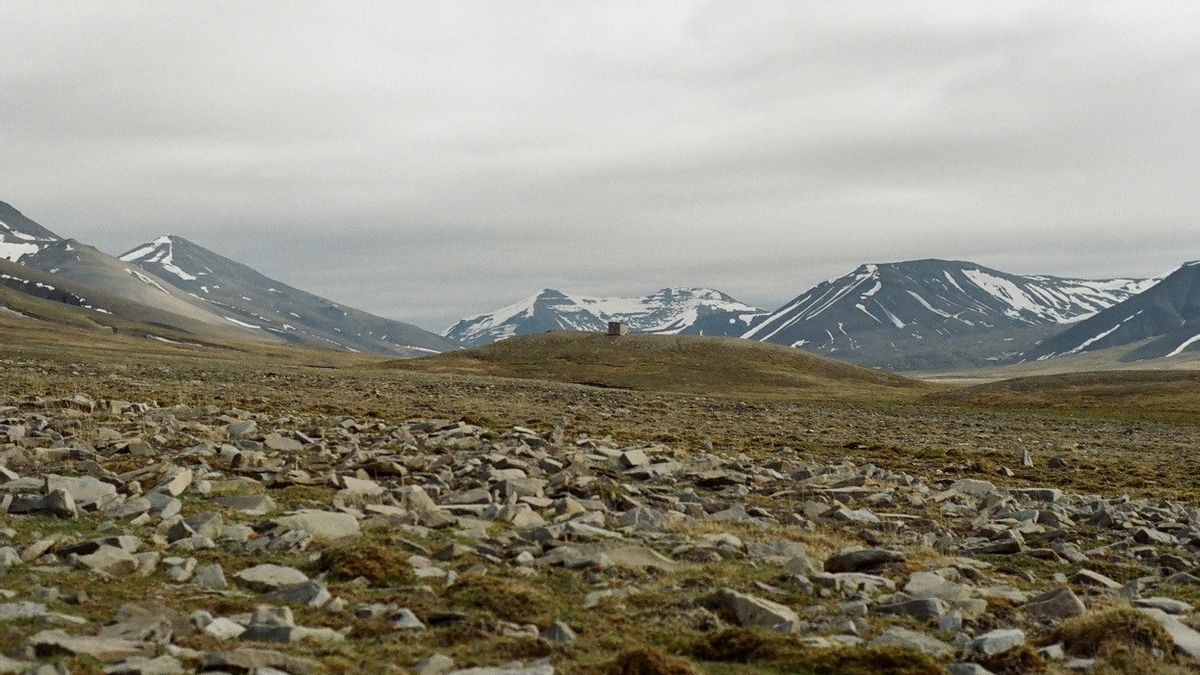JAKARTA - Scientists have discovered two million-year-old DNA for the first time, which could open up new chapters in evolutionary history and help predict the effects of modern global warming.
A team from the University of Cambridge found microscopic fragments of environmental DNA in an Ice Age sediment in northern Greenland.
The fragments are one million years older than previous DNA records taken from the bones of Siberian mammmoths.
The team found 41 usable samples hidden in clay and quartz, according to research published in the journal Nature.
Ancient DNA has now been used to map out a two-million-year-old ecosystem that is experiencing extreme climate change, the team said.
The results can help predict the long-term environmental impact of today's global warming.
The discovery was made by a team of scientists led by Prof. Eske Willerslev of St John's College at the University of Cambridge, and geologist Prof. Kurt Kjekur, director of the Lundbeck Foundation GeoGenetics Center at the University of Copenhagen.
"A new chapter spanning a million extra years of history has finally opened and for the first time we can see firsthand the DNA of past ecosystems that have been deep in the past," said Prof Willerslev, as reported by The National News December 12.
"DNA can decline rapidly but we have shown that under appropriate circumstances we can now return further into the past than anyone can imagine," he said.
The sample, a fraction of a million millimeters long, was taken from the K jobbenovn Formation, a nearly 100-meter thick sediment deposit, which was found in the mouth of a fjord in the Arctic Ocean at Greenland's northernmost point.
"The ancient DNA sample was found buried deep in a sediment that has been formed for more than 20,000 years," said Prof. Kj
"The sediment was eventually preserved in ice or permafrost and, most importantly, was not disturbed by humans for two million years," he explained.
The climate in Greenland at the time varied between the North Pole and moderate and between 10 degC and 17 degC warmer than Greenland today. The sediment has piled up meter by meter in a shallow bay.
Evidence of animals, plants and microorganisms, including deer, rabbits, lemming, birch and poplar trees was found.
The researchers even found that Mastodon, an Ice Age mammal, ventured to Greenland before becoming extinct.
Previously, it was estimated that the range of elephant-like animals was not as far as Greenland from North and Central America.
The team, consisting of 40 researchers from Denmark, England, France, Sweden, Norway, the US, and Germany, worked on the project, which saw them compare each DNA fragment with a wide DNA library collected from today's animals, plants and microorganisms. Finally, images began to emerge from the DNA of trees, shrubs, birds, animals and microorganisms.
They say some fragments of DNA are easy to classify as the forerunners of today's species, but others can only be linked to the genus level, and some come from species that are unlikely to be placed in the surviving DNA libraries of animals, plants and microorganisms of the 21st century.
It is known that a two million-year-old sample will also help academics build an overview of the previously unknown stage of DNA evolution from various species that still exist today.
The English, Chinese, Japanese, Arabic, and French versions are automatically generated by the AI. So there may still be inaccuracies in translating, please always see Indonesian as our main language. (system supported by DigitalSiber.id)













